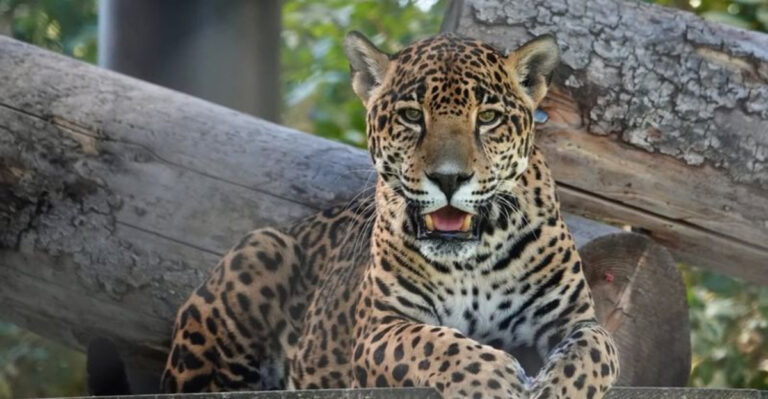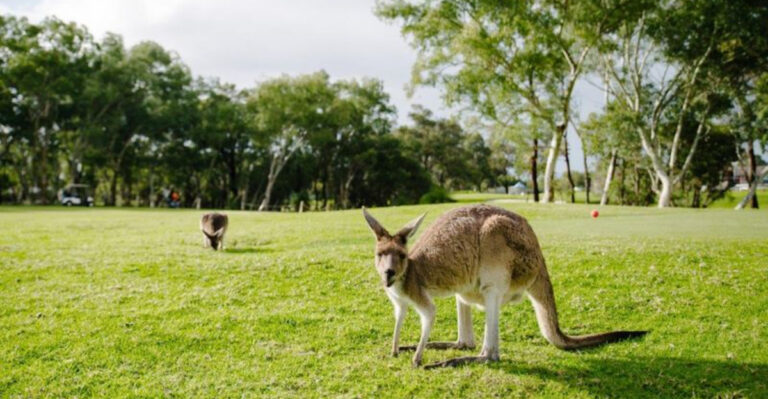15 Natural Phenomena That Only Animals Understand

Ever wonder how animals navigate their world with such precision? While humans rely on technology and conscious thought, animals tap into natural phenomena that remain largely mysterious to us.
From sensing Earth’s magnetic field to detecting natural disasters before they happen, animals possess incredible abilities that help them survive and thrive in ways we’re only beginning to comprehend.
1. Magnetic Field Navigation
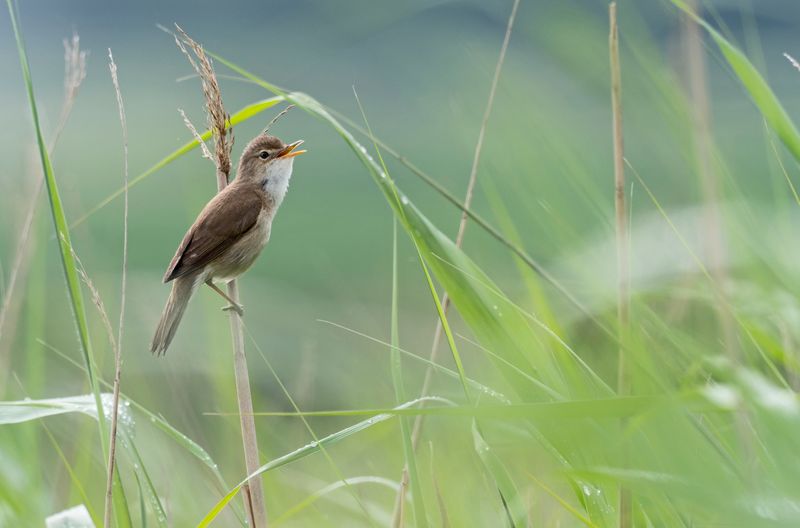
Birds soar across continents without GPS, yet never lose their way. The secret? Tiny magnetite crystals in their beaks act like built-in compasses, allowing them to sense Earth’s magnetic field.
This natural GPS system guides everything from monarch butterfly migrations to sea turtle journeys across thousands of miles of featureless ocean. Scientists are still puzzled by exactly how this sixth sense works.
2. Earthquake Prediction
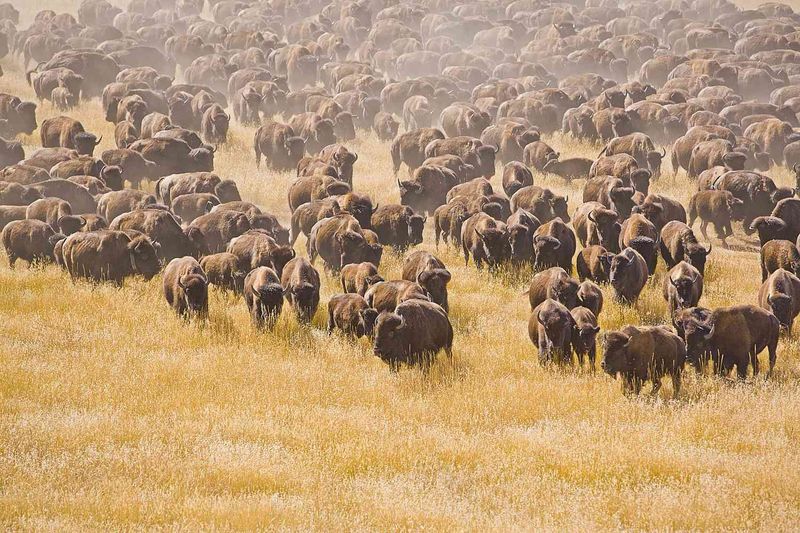
Minutes before the ground shakes, toads abandon their ponds and snakes flee their burrows. Animals detect subtle changes in electromagnetic fields and gas releases that precede earthquakes.
In China, officials once monitored unusual animal behavior as an early warning system. From elephants trumpeting before tsunamis to dogs howling before tremors, these behaviors aren’t superstition—they’re survival mechanisms beyond human perception.
3. Infrasound Communication

Rumbling below our hearing threshold, elephants chat across miles using sounds too low for human ears. These infrasonic calls travel through ground and air, allowing herds to coordinate movements despite vast distances.
Whales use similar techniques, “singing” songs that journey hundreds of miles through ocean depths. This silent-to-us world creates rich social networks we’ve only recently discovered with specialized equipment.
4. Polarized Light Navigation

Sunlight bouncing off water creates patterns invisible to humans but crystal clear to insects. Bees read polarized light like a compass, orienting themselves even on cloudy days when the sun hides.
Dung beetles use starlight polarization for straight-line navigation while rolling their precious balls of poop. This natural phenomenon helps countless creatures maintain direction without landmarks, maps, or visible celestial bodies.
5. Barometric Pressure Changes

Frogs croak louder before rainfall, sensing the subtle drop in air pressure that precedes storms. Their amphibian bodies act as living barometers, detecting changes too gradual for humans to notice without instruments.
Birds fly lower when pressure drops, fish become more active, and insects seek shelter. These behaviors aren’t random—they’re responses to atmospheric changes that signal weather shifts long before the first raindrop falls.
6. Ultraviolet Vision

Flowers glow with secret runways visible only to bees and butterflies. These ultraviolet patterns, called “nectar guides,” lead pollinators straight to food sources humans can’t see without special equipment.
Birds spot urine trails that shine like neon in UV light, helping them track prey. Even reindeer use UV vision to spot lichen against snow. This hidden visual spectrum creates an entirely different world overlapping our own.
7. Electric Field Detection
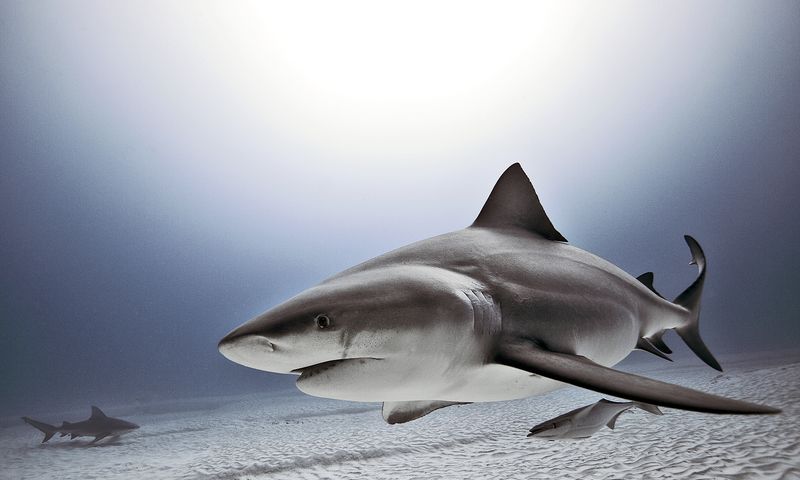
Sharks detect the faintest electrical pulses from beating hearts buried under sand. Special gel-filled pores called ampullae of Lorenzini pick up these signals, allowing them to find prey completely hidden from view.
Platypuses close their eyes underwater yet hunt successfully using electrical sensors in their bills. This extraordinary ability lets animals “see” without light, finding food and avoiding danger through bioelectrical signatures alone.
8. Celestial Navigation
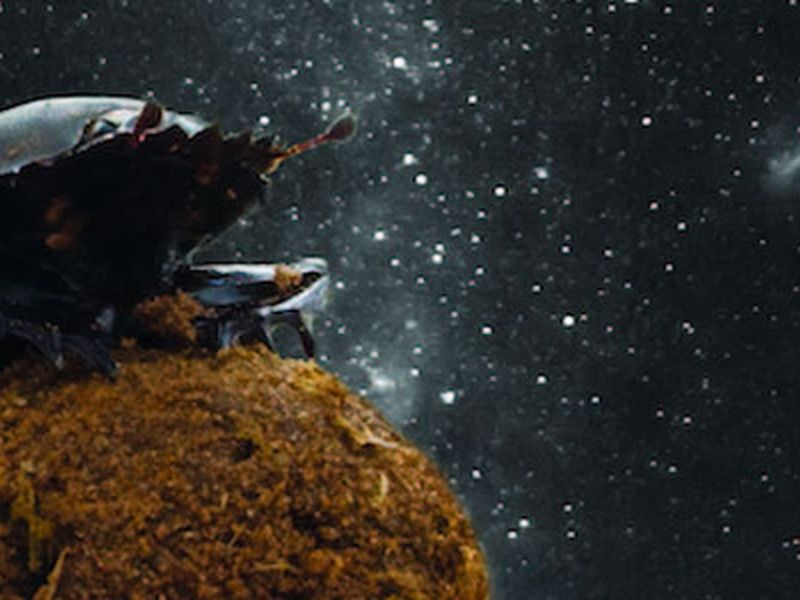
Dung beetles dance atop their dung balls, taking mental snapshots of star positions to maintain straight paths on moonless nights. This cosmic awareness extends to birds that calibrate their internal compasses using star patterns during migration.
Sea creatures like salmon navigate partly by celestial cues, combining starlight with other senses. While humans needed instruments to navigate by stars, animals instinctively read the night sky like a roadmap.
9. Chemical Trail Reading
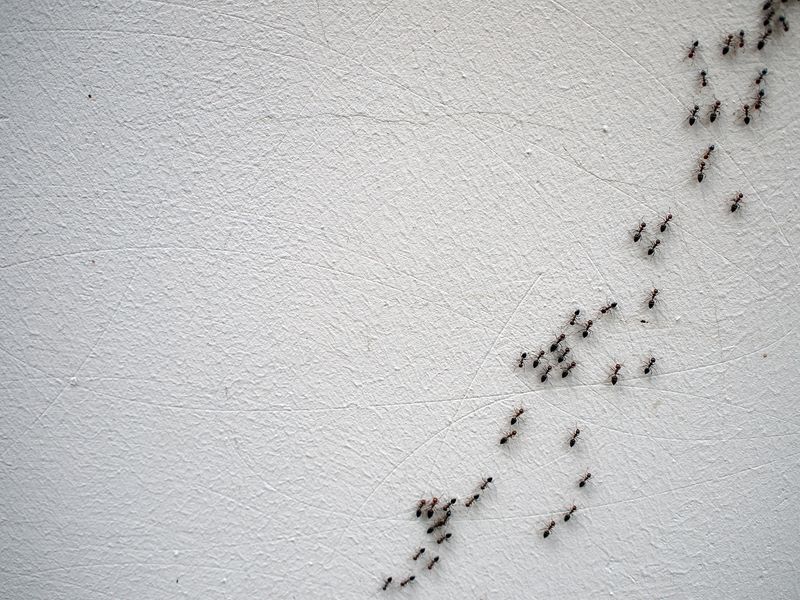
Ants march in perfect lines, following invisible chemical highways laid by their sisters. These pheromone trails contain complex information about food quality, danger, and colony needs—a sophisticated communication network humans can’t perceive.
Salmon navigate to their birthplace by detecting specific chemical signatures in water molecules. Dogs read a neighborhood like a newspaper, gathering information about every animal that passed by through scent alone.
10. Pressure Wave Detection
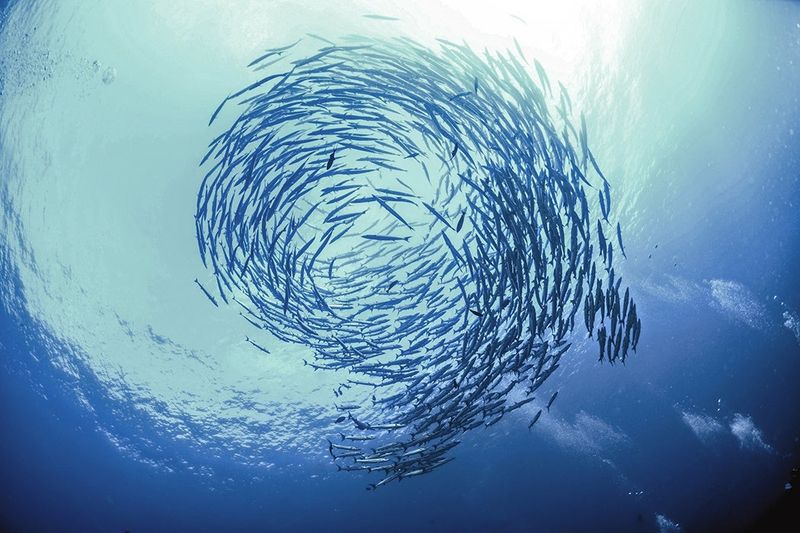
Fish swim in synchronized schools, turning instantly without colliding thanks to lateral lines—sensory organs detecting water pressure changes. This system allows them to feel objects and movements without seeing them.
Blind cavefish navigate perfectly through pitch-black waters, sensing pressure waves bouncing off rocks. Crocodiles detect tiny ripples from distant prey, their faces covered with pressure-sensitive bumps that function like underwater motion detectors.
11. Lunar Cycle Synchronization

Corals across vast reef systems release eggs and sperm simultaneously during specific moon phases. Without calendars or watches, they coordinate mass spawning events with astonishing precision.
Grunion fish time their beach spawning runs to high tides during full and new moons. Countless creatures—from worms to crabs—sync their reproduction with lunar cycles, creating a natural rhythm invisible to most humans yet critical to entire ecosystems.
12. Echolocation Mapping
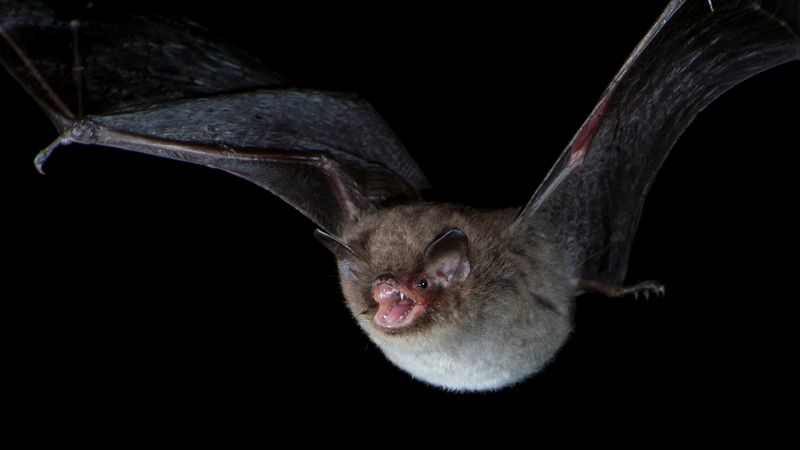
Bats screech into darkness and build detailed 3D maps from returning echoes. Their sonic vision distinguishes objects as thin as human hair while flying at full speed through complete darkness.
Dolphins use similar techniques underwater, creating acoustic images so detailed they can detect fish hiding beneath sand. This biological sonar system allows creatures to navigate complex environments, find food, and communicate simultaneously—all through sound waves humans can’t comprehend.
13. Geomagnetic Storm Sensitivity
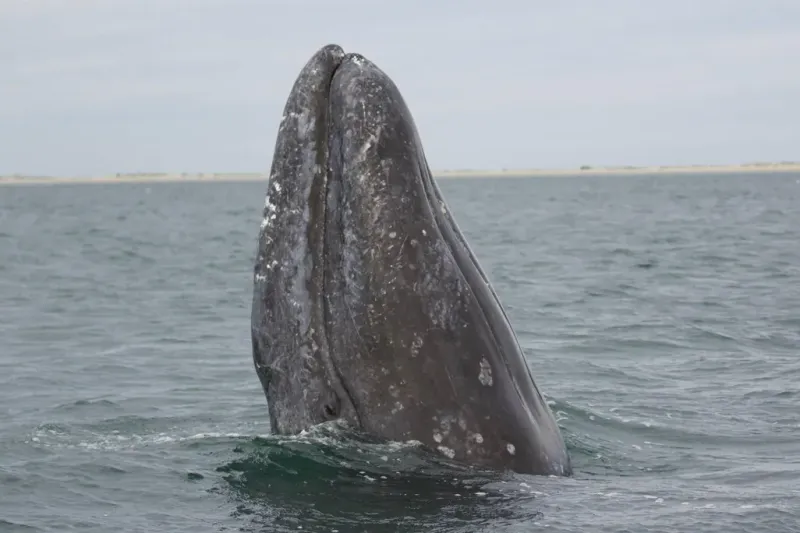
Whales strand themselves during solar flares and geomagnetic storms. These cosmic events disrupt Earth’s magnetic field—the same field whales use for navigation during migration.
Pigeons become disoriented during similar solar events, sometimes failing to return home. This mysterious connection between animal behavior and space weather suggests creatures possess sensitivities to planetary magnetic fluctuations that humans can detect only with specialized equipment.
14. Seasonal Photoperiod Response

Deer grow and shed antlers based on changing daylight hours, their bodies responding to shifts too gradual for humans to notice consciously. This photoperiod sensitivity triggers hormonal changes that prepare animals for upcoming seasons.
Birds develop breeding plumage and migrate based on these subtle light changes. Plants flower and animals hibernate—all timed perfectly to seasonal shifts through an internal biological calendar synchronized with Earth’s orbit around the sun.
15. Atmospheric Infrasound Detection
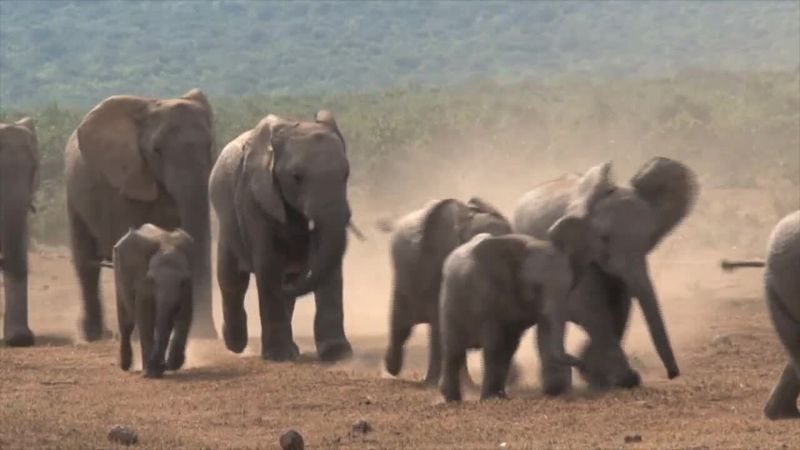
Pigeons hear storms hundreds of miles away through infrasound—sound waves below human hearing range. These low-frequency vibrations travel enormous distances, providing early warning of weather events or natural disasters.
Elephants detect thunderstorms and water sources from 100+ miles away using this same ability. Before tsunamis, animals often flee to higher ground, sensing infrasonic waves that travel ahead of the actual water—a natural early warning system beyond human perception.



